Influence of Social Media
The role of social media in shaping consumer preferences cannot be understated, particularly in the athleisure market. Platforms such as Instagram and TikTok serve as powerful tools for brands to showcase their products and engage with potential customers. Influencers and fitness enthusiasts often promote athleisure wear, creating a buzz that drives sales. In 2025, it is estimated that around 70% of consumers in the US are influenced by social media when making purchasing decisions related to athleisure. This trend suggests that brands must leverage digital marketing strategies to capture the attention of their target audience, thereby enhancing their presence in the athleisure market.
Rise of Remote Work Culture
The shift towards remote work has significantly impacted consumer behavior, particularly in the athleisure market. As more individuals work from home, the demand for comfortable yet stylish clothing has surged. Athleisure wear, which offers both comfort and versatility, has become a staple in many home offices. This trend is likely to continue, with projections indicating that the athleisure market could see a growth rate of 10% annually as remote work remains prevalent. Consumers are increasingly prioritizing clothing that allows them to feel relaxed while maintaining a professional appearance during virtual meetings, thus driving the athleisure market's expansion.
Health and Wellness Awareness
The increasing focus on health and wellness among consumers appears to be a pivotal driver for the athleisure market. As individuals become more health-conscious, they are more inclined to invest in apparel that supports an active lifestyle. This trend is reflected in the growing demand for comfortable, functional clothing that can transition from workout sessions to casual outings. In 2025, the athleisure market is projected to reach approximately $200 billion in the US, indicating a robust growth trajectory fueled by this health-centric mindset. Consumers are actively seeking products that not only enhance their physical performance but also align with their wellness goals, thereby propelling the athleisure market forward.
Technological Innovations in Fabric
Technological advancements in fabric development are playing a crucial role in shaping the athleisure market. Innovations such as moisture-wicking materials, breathable fabrics, and advanced stretch technologies are enhancing the performance and comfort of athleisure wear. These developments cater to the needs of active consumers who seek high-quality apparel that can withstand rigorous activities. In 2025, the market for technologically advanced athleisure products is expected to account for over 30% of total sales in the US. This trend indicates that brands investing in research and development to create superior fabrics are likely to gain a competitive edge in the athleisure market.
Sustainability and Ethical Production
The growing consumer preference for sustainable and ethically produced clothing is emerging as a significant driver in the athleisure market. As awareness of environmental issues increases, consumers are more inclined to support brands that prioritize eco-friendly practices. In 2025, it is estimated that 50% of consumers in the US are willing to pay a premium for sustainable athleisure products. This shift suggests that brands must adapt their production processes to meet these expectations, thereby enhancing their competitiveness in the athleisure market. The emphasis on sustainability not only appeals to environmentally conscious consumers but also fosters brand loyalty, further propelling market growth.


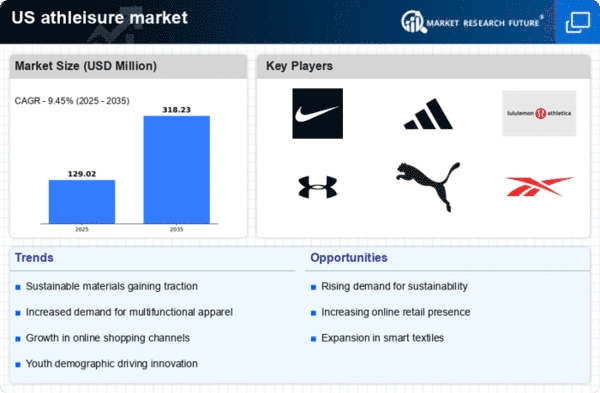
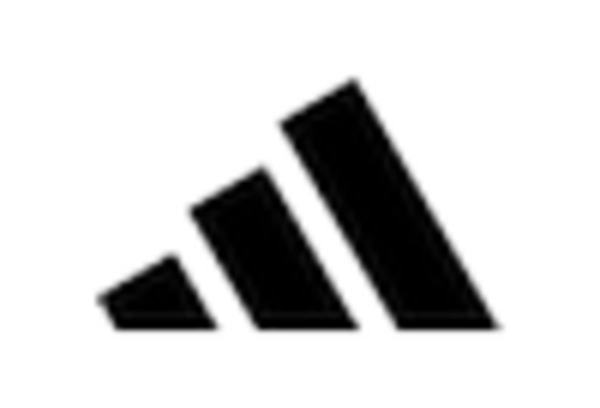
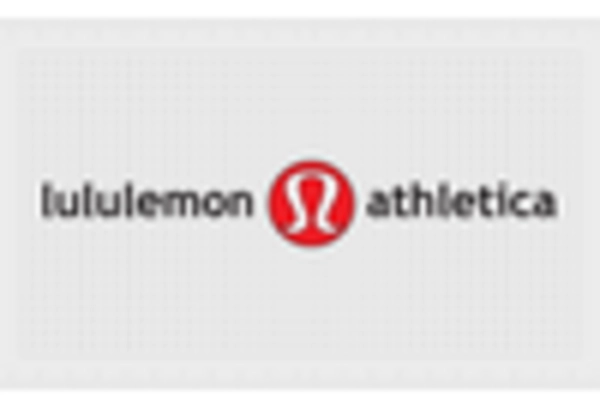
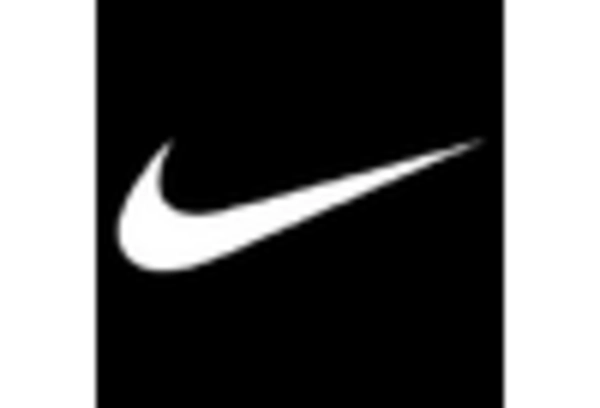
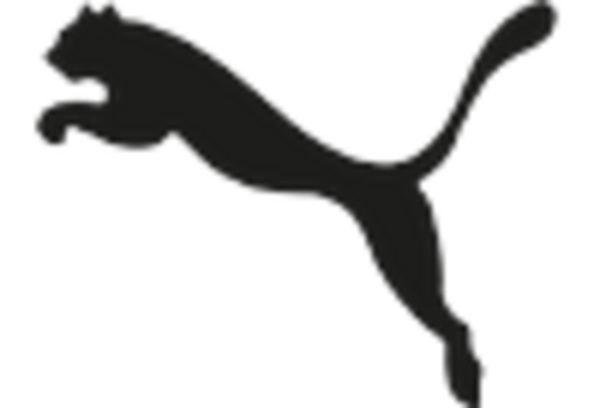
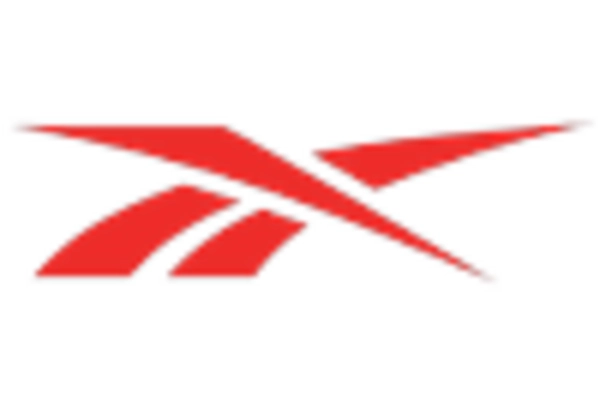
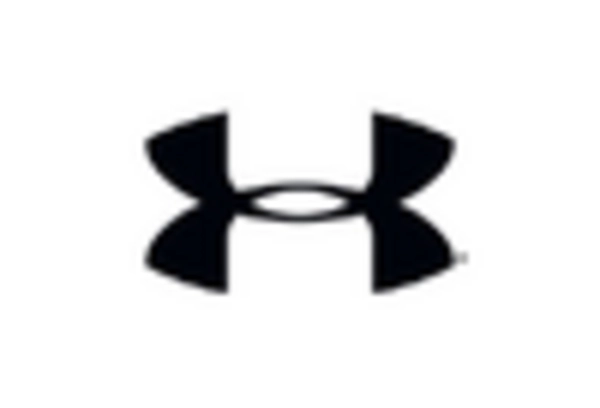








Leave a Comment